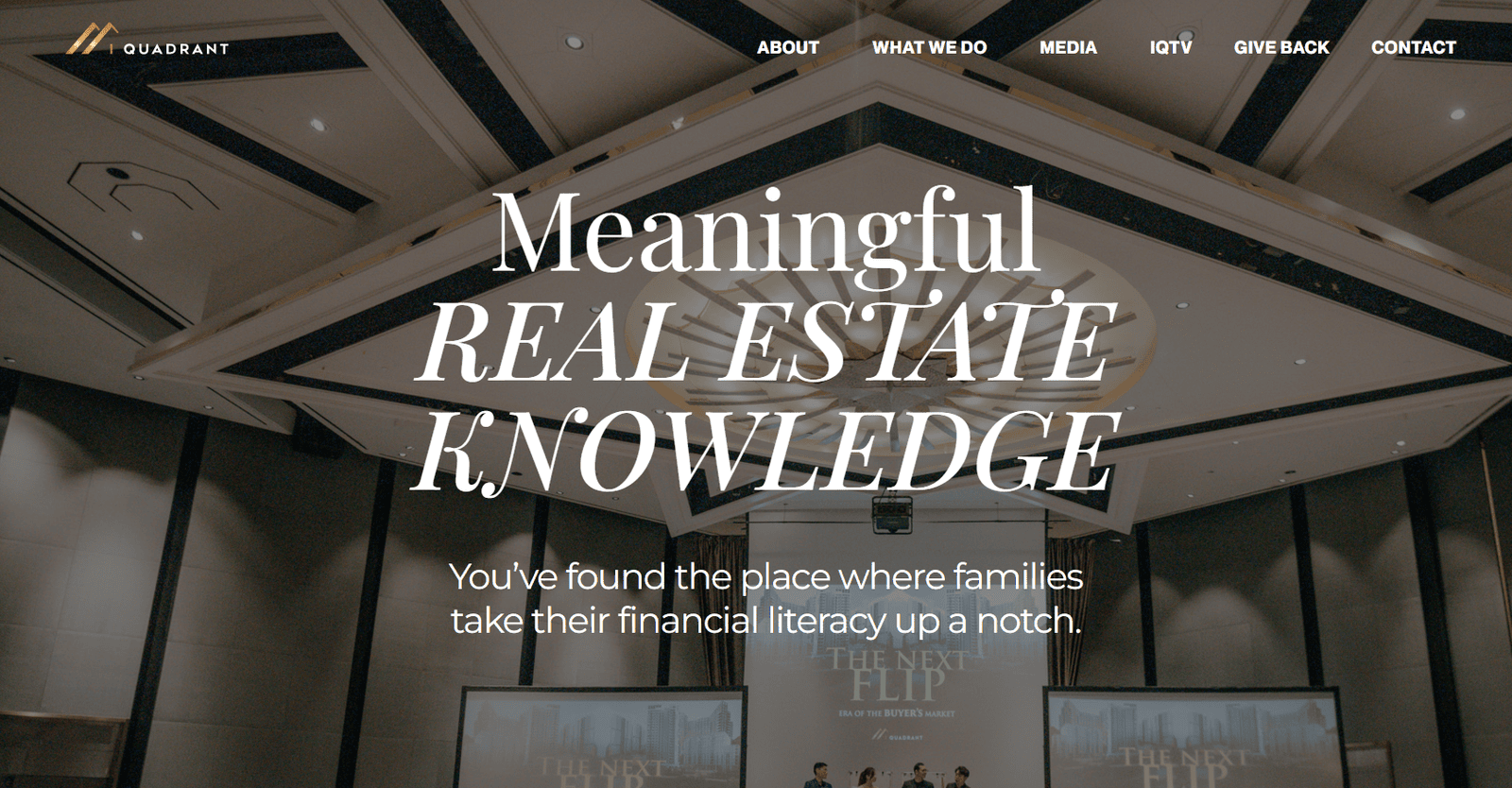
I used to ask myself this all the time: what’s the difference between a service page and a landing page? Honestly, I had no clue.
I tried using my service page for ads—nothing. The conversions were terrible. Then I flipped it. Designed my service page like a landing page. And guess what? It wouldn’t rank on Google.
It was frustrating. That’s when I realized the difference between a service page and a landing page isn’t just a small thing. It’s a game-changer. And once I understood that, everything started to click.
In this guide, I’ll break down the differences between service pages and landing pages, show you when to use each, and help you avoid costly mistakes. Let’s dive in.
What Is a Service Page?
A service page is a dedicated section of your website that explains what services you offer, who they’re for, and why customers should choose you. Its main goal is to provide information, build trust, and encourage visitors to take the next step—like contacting you, booking a consultation, or requesting a quote.

Example of a service page
Key Elements of a Service Page
A service page educates potential customers and positions you as the expert they need.
Next, let’s see how it stacks up against a landing page.
What Is a Landing Page?
A landing page is a focused, standalone page designed for one specific purpose: to drive a single action. Whether it’s collecting email sign-ups, encouraging downloads, or getting someone to book a call, a landing page removes distractions and guides visitors toward completing that action.
Unlike service pages, landing pages aren’t part of your main website navigation. They’re often used in marketing campaigns, such as ads or email funnels, and are tailored to a specific audience or offer.

Example of a landing page from same company
Key Elements of a landing Page
Landing pages are all about efficiency—they strip away anything unnecessary to maximize conversions.
Now that we’ve defined both, let’s break down the key differences between service pages and landing pages.
Key Differences Between Service Pages and Landing Pages
While service pages and landing pages might seem similar, their goals, structure, and audience are entirely different. Using the wrong approach for the wrong purpose can lead to confusion—and lost opportunities.
Let’s break it down:
Purposes
Audience

Content
Design
Here’s a quick comparison to clarify the differences:
Feature | Service Page | Landing Page |
|---|---|---|
Purpose | Inform and build trust | Drive one specific action |
Audience | Broad, general audience | Campaign-specific audience |
Content | Detailed descriptions and trust building | Short, action-oriented messaging |
Navigation | Part of website structure | Standalone, no navigation |
CTAs | Multiple CTAs (eg. "Learn more", "Contact" | Single, focused CTA |
When to Use a Service Page vs. a Landing Page
Choosing between a service page and a landing page depends on your goals and your audience. Here’s how to decide:
When to Use a Service Page
A service page is ideal for long-term visibility and educating potential customers. Use it when:

When to Use a Landing Page
A landing page works best for short-term campaigns with a clear call-to-action. Use it when:

Wrapping Up
What I’ve learned over time is that no page exists in isolation. A great website is a conversation, and every page plays its part.
When your service pages and landing pages work together, they create a seamless journey for your visitors—not just selling, but building lasting relationships.
Want to take the first step? Start by creating a better service page. The service page builder kit can help.

